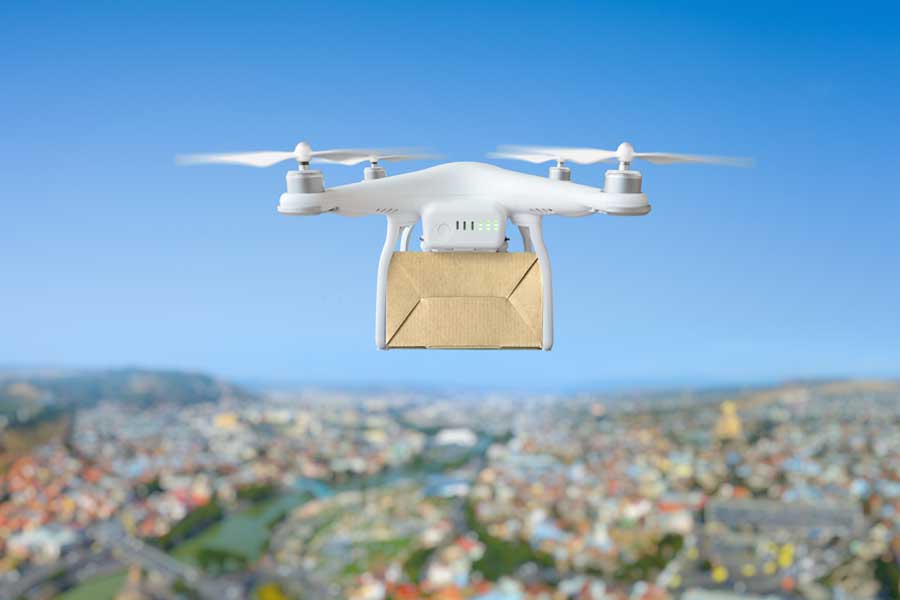The recent skirmish between the FAA, mobile carriers, and the airline community, regarding risk of 5G interference with aircraft radio altimeters, has left U.S. airports wondering about their role in this dispute. Airports are obviously one of the entities most affected by the problem, however they never had a say on the potential solutions nor have received any guidance on how to adapt to possible uncertainties.
Mobile carriers AT&T and Verizon Wireless postponed twice the activation of new 5G services on the C-band (3.7 – 3.98 GHz) due to potential interference with radio altimeters onboard aircraft used for landing operations in low-visibility conditions. Then, they entered rushed, last-minute discussions with the FAA and airlines which led them to accept another 6-month delay in launching these high-capacity services near high-risk runways. This truce is giving some extra time to investigators, involving regulators, avionics manufacturers, and standards groups, to decide the right protection measures to airborne equipment, be it exclusion zones, Airworthiness Directives (AD), or avionics upgrades.
However, ultimately, C-band 5G will be activated near airports. Mobile carriers have paid a costly price for this chunk of the spectrum, and the market for high-capacity mobile services is very profitable. It is uncertain, though, what the service will look like once it is launched near airports. This is due to potential restrictions on power levels, tower locations, antenna directions, or on forcing mobile carriers to use a lower frequency band (with lower bandwidth).
Any of these would lead to reduced capacity of mobile carrier services in or near airport premises
Airports can plan ahead though. There is a range of actions that can be taken to ensure access to appropriate wireless services in airport spaces:
Airports with high passenger volume do require a high-capacity connectivity for travelers and tenants in concourse spaces to ensure excellent customer experience. If cellular networks cannot offer the service, an alternative is a Distributed Antenna System (DAS) , specifically designed to cover high-density spaces with cellular service. Currently, 4G/LTE DAS is mature for deployment, while 5G DAS (using the very high mmWave spectrum band) is still emerging and likely won’t make economic sense at large scale for a few years. A limitation of DAS is that it is still a mobile carrier-specific network, thus the airport does not have control over the traffic carried over it.
Another alternative for indoor spaces is Wi-Fi 6 , which some airports are starting to deploy. One of the main advantages of this new version of the standard, other than very high capacity, is native compatibility with OpenRoaming , allowing passengers to seamlessly switch their mobile phone connection (including voice calls) to the airport Wi-Fi without any user action. In addition, a Wi-Fi 6 network is owned and operated by the airport or a trusted delegated entity, and thus it can be customized to support enterprise services and airport operations in addition to customer experience.
For airport operations and safety, private cellular networks (4G/LTE or 5G) can be deployed instead of relying on a mobile carrier service. Dedicated private networks are generally a good idea to offload passenger and commercial traffic from networks focused on reliable and secure operations in extended airport spaces. Private cellular networks use different frequency bands (CBRS or 6 GHz), which work on a sharing scheme, and are not affected by the altimeter issue. AeroMACS should also be considered as a protected aviation spectrum that can be used with higher reliability and security features.
For sensor and maintenance applications , cellular IoT is not really impacted by this issue – sensing devices have low bandwidth requirements, thus they are better suited for lower frequency bands. Other wireless sensor technologies working in the ISM or lower bands (Zigbee, Bluetooth, Wi-Fi/HaLow) are not affected either.
In conclusion, uncertainty exists on the level of 5G cellular service that will be available at airports starting in July 2022. There are alternatives for airports to ensure proper wireless services for customer service, airport operations or emergency response, without necessarily relying on mobile carrier networks.
Would you like to learn more?
Feel free to Contact Us, we’ll be happy to help!



